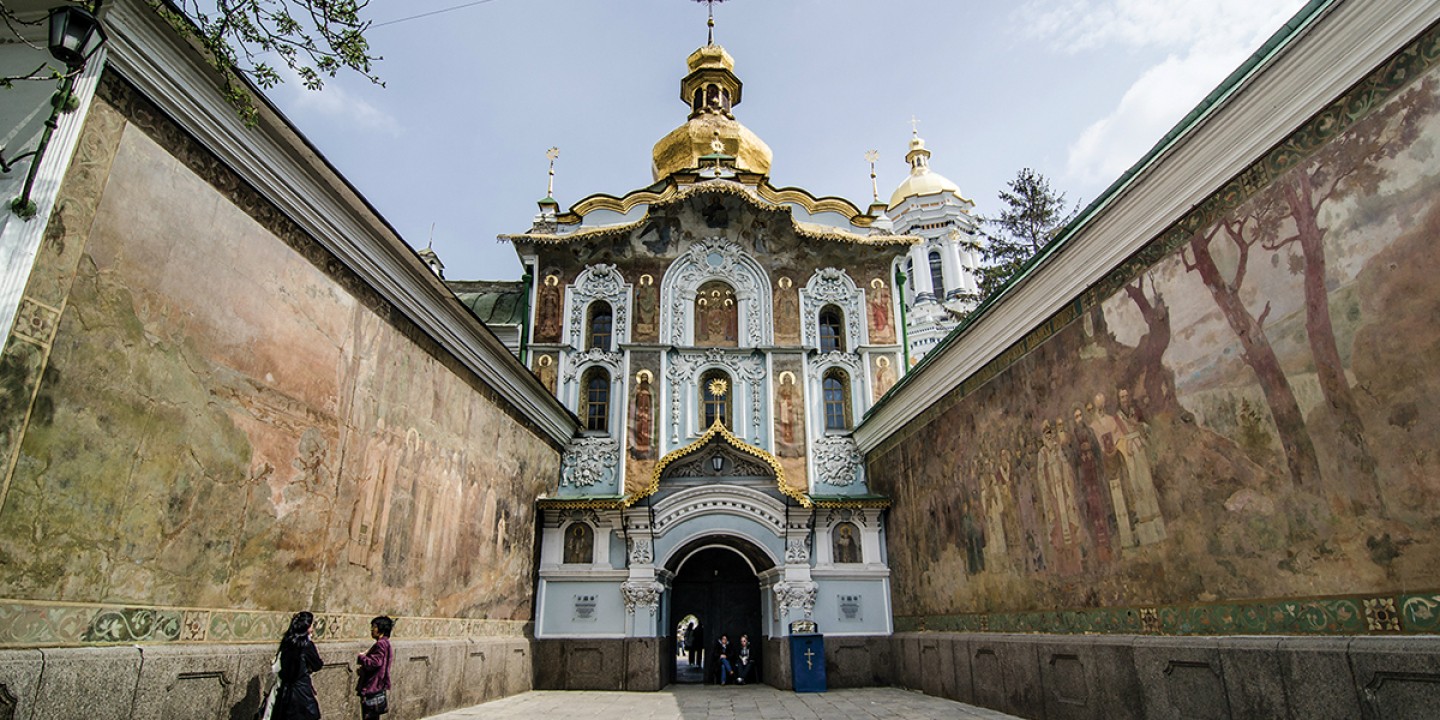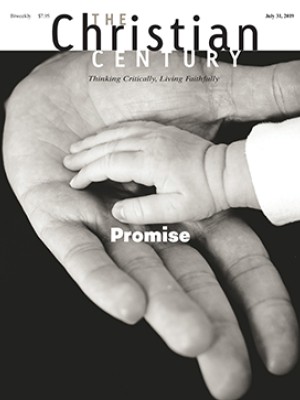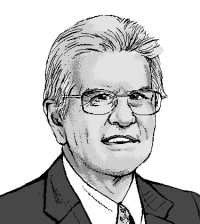The Orthodox in Ukraine and their rival churches
The creation of a new body echoes old hostilities.

Many Westerners tended to think of the old Soviet Union as effectively synonymous with Russia and assume that terms like Russian apply to that country’s successor states. Of course, any such view is incorrect, and deeply hurtful to the former Soviet peoples and states that have in recent years reasserted their older identities.
One nation in particular, Ukraine, is currently the scene for a bold experiment in church life and organization, albeit one that is not well understood outside the Orthodox world. The creation of the newly autonomous Orthodox Church of Ukraine marks 2019 as a critical moment of transition in modern Christian history. It also shows the potentially deadly real-world consequences of debates over Christian history.
Read our latest issue or browse back issues.
Historically, the great trading city of Kiev (Kyiv) was a vital center of Christianity in the Slavic world, following a decisive act of conversion in 987. The city still includes some incredible treasures of Christian architecture, above all the glorious Monastery of the Caves, the Pechersk Lavra. In modern times, the Soviet Union tried to annex that history as part of a larger “Russian” epic, but that was deeply misleading, as Kiev was actually the linguistic and cultural center of the quite distinct Ukrainian region.
In Soviet times, Ukraine was fully incorporated into the USSR as a republic. That republic gained full independence with the communist collapse in 1991. The new nation represents a substantial political presence, with 45 million people living within borders that make it the largest single European country by area apart from Russia itself. Russian regimes have made forceful efforts to erode Ukrainian independence, and border wars have simmered since 2014. Policy makers dread the possibility that such conflicts may expand into full-scale battles, threatening peace in Europe.
In religious terms, Ukraine has experienced the blessings of religious diversity—it is a land where many cultural strands have flowed together. But it has also suffered the curse of being an armed borderland between competing faiths. Even the name “Ukraine” originally meant something like “borderland.”
While the Orthodox predominated, many Ukrainians follow churches that accepted the headship of Rome, although following Orthodox liturgical practices. The country also had major Jewish communities, which suffered catastrophically under the Nazis. Meanwhile, the Soviets inflicted dreadful persecutions on the Roman-oriented believers, the Ukrainian Greek Catholics, as the communists sought to annihilate that church. Yet Christianity survived, and flourishes. Today, around two-thirds of the population of independent Ukraine adhere to various Orthodox churches, with Greek Catholics constituting a further 10 percent.
Relationships between the different Orthodox communities are explosive. The Orthodox world has no direct equivalent of a papacy, although the ecumenical patriarch in Constantinople holds enormous prestige. Around the Orthodox world, powerful patriarchs preside over major territories and their communities in diaspora. Since the fall of the Byzantine Empire, by far the most important of these churches has been that of Moscow, which in 1686 absorbed the old patriarchate of Kiev. As the Russian Empire played a great power role on the global stage, so the Russian Orthodox Church shared its glory, and on that basis claimed a central role in world Christianity.
In the 20th century, those aspirations were shattered by the triumph of communism, but since the 1990s, a reinvigorated church and a restored patriarchate have struggled to restore that position, with the enthusiastic support of Vladimir Putin. With the death of communist ideology, Putin’s attempts to restore Russian glory have drawn instead on Orthodox Christian nationalism, often in extravagant and even apocalyptic terms. The Russian state has worked closely together with the successive patriarchs of Moscow and All Rus’.
That cozy alliance goes far toward explaining the deeply sensitive nature of the rivalry with Ukraine. As political tensions between the two nations grew and developed into outright war, pressure for an ecclesiastical break became irresistible. In 2018, a council agreed on the unification of various jurisdictions within Ukraine, and the ecumenical patriarch granted official recognition by means of a Tomos, a church decree. This past January, the autocephalous (independent) Orthodox Church of Ukraine came into being, in the teeth of ferocious Russian opposition.
This decision was momentous. At a stroke, the Tomos removed tens of millions of followers from under the control of the Moscow patriarch and created the world’s second largest Orthodox jurisdiction. It also posed a stark challenge to the whole historical narrative of the Russian church. No, proclaimed the Ukrainians, it is not the history of the Russian church that dates back to the conversion of King Vladimir in Kiev; it is instead the national church of Ukraine that is the full inheritor of (as the Ukrainians say) Volodymyr of Kyiv. This conflict represents a fundamental battle for historical roots and is a potentially a deadly escalation in the conflict between Russia and Ukraine.
A version of this article appears in the print edition under the title “Whose Orthodox history?"







